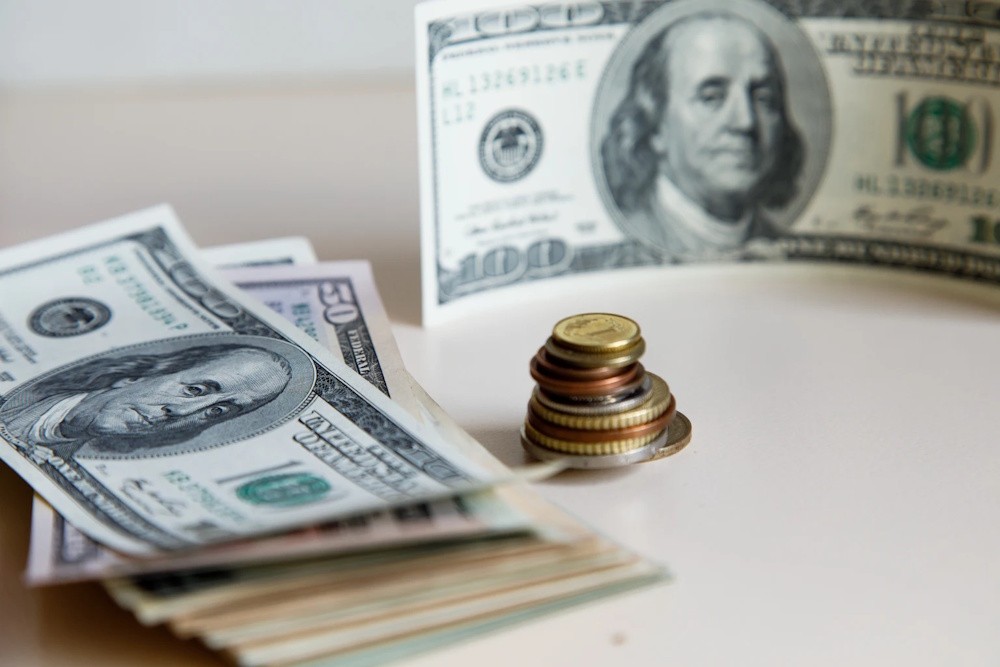
The U.S. dollar strengthened against currencies such as the yen, Swiss franc, and euro on Wednesday, following Federal Reserve Chair Jerome Powell’s cautious remarks regarding further easing overnight. The dollar increased by 0.54% to 0.795 against the Swiss franc, aiming to end two straight sessions of losses. The euro declined against the dollar following an unexpected drop in German business morale in September. It was last down 0.69% at $1.1734 after increasing for the previous two sessions. Sterling decreased by 0.58% to $1.3443. It remained stable against the euro, at 87.27 pence.
“The dollar is a little firmer broadly against most of the G10 although it is still choppy and range-bound,” said Marvin Loh. “According to our flows and holdings data, the dollar remains significantly underweight within the real money community, so I believe it’s set for a period of consolidation, which is essentially what it’s currently experiencing.”
Powell expressed caution on Tuesday, indicating that the Fed must keep balancing the conflicting risks of high inflation and a declining job market in future rate decisions. Markets anticipate quarter-point rate cuts at the last two Fed meetings this year and one more in the first quarter of 2026, consistent with the central bank’s guidance following last week’s meeting.
This week’s U.S. data is important, especially with Friday’s release of the personal consumption expenditures price index, which is a crucial factor in determining expectations for the Fed’s upcoming policy decisions. “We are still analyzing data point-to-point concerning the Fed, and that will serve as the catalyst for rates and the dollar in terms of how aggressive or hawkish the market perceives the Fed,” Loh added. The U.S. dollar index, which measures the currency against six major rivals, increased by 0.65% to 97.87, trying to recover after two consecutive losing sessions.
“The market is adjusting after what has been quite a rally in these other currencies,” stated Axel Merk. “So even with the absence of news, you would expect some sort of breather. . . Powell was more explicit in the uncertainty ahead and I had the feeling in the press conference that he was bending over backwards in arguing why he needs to cut rates even though inflationary pressures continue to persist. But he was a bit more open-ended now and so maybe that’s a bit more hawkish.”
